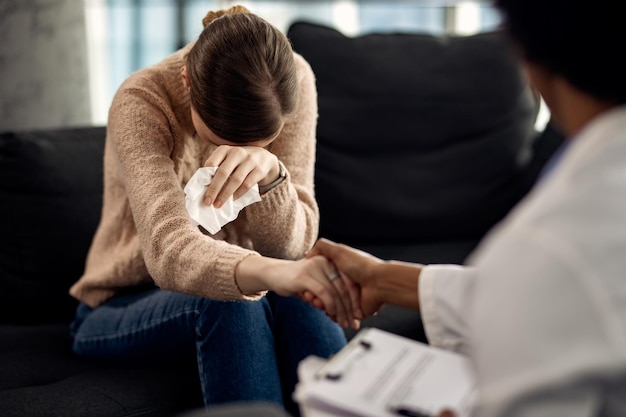Applying smartphone knowledge, he and other researchers have been able to track the highs and lows a lot of pupils seasoned about the earlier two years — from dashing off campus at the begin of the pandemic, to thoughts of isolation when using classes on the internet, to returning to campus and acquiring new social interactions.
Campbell started researching the habits of about 200 Dartmouth scholar volunteers in 2017. Each university student was launched to an app known as StudentLife — which Campbell helped to develop — that sits in the qualifications of their telephones, quietly accumulating knowledge on their phone utilization, snooze length and sedentary conduct. The application also provides weekly assessments so students can report updates about their anxiety levels and mood.
“Before there was any indication of the pandemic, I was actually fascinated in the growing premiums of melancholy in the common university student populace,” Campbell mentioned in an job interview.
When the pandemic strike, scientists started utilizing StudentLife to check with college students about their considerations surrounding the coronavirus. They found that students were sensation far more anxious and frustrated than they experienced in earlier years as they slept a lot less and spent far more time on their telephones.
Scientists also uncovered that pupils most anxious about the pandemic — users have been questioned queries about how apprehensive they were being for them selves or their pals and family — claimed better stages of tension. They also traveled fewer, slept a lot more and spent more time on their phones.
With the behavioral facts, scientists made use of device studying to forecast whether or not learners fell into a superior-issue or minimal-concern group, demonstrating the probable that smartphone technologies and synthetic intelligence have to detect mental overall health challenges, reported Subigya Nepal, a PhD prospect at Dartmouth and the 1st creator of the examine. However, he cautioned that this physique of research is primarily based on 180 pupils at a modest school in New England.
“We really don’t know how generalizing it is,” Nepal said.
It is unclear why some college students had better concerns about the virus than others — scientists did not assess demographic information — but the data gleaned in excess of the system of the analyze does provide perception into how the pandemic has influenced students.
With the research ending this yr, Campbell said he hopes to make the info established general public so the academic local community can “mine various behaviors we have not seemed into.”
The pandemic has unleashed a flood of public problem about psychological overall health, particularly among younger people. The Facilities for Ailment Command and Prevention this yr warned of an accelerating crisis amongst adolescents, with more than 4 in 10 teens reporting thoughts of persistent unhappiness and hopelessness.
Amid 18-to-24-yr-olds surveyed in 2020, about 25 per cent experienced seriously regarded as suicide, in accordance to the CDC. Faculties such a
s Dartmouth, the College of North Carolina at Chapel Hill and Stanford University have been afflicted in current months by college student suicides.
University-aged students, who had presently documented increased levels of anxiety and despair than other age teams in the decades in advance of the pandemic, fell deeper into emotional duress soon after the globe declared a public wellness crisis.
Even with most campuses operating generally, the disaster proceeds. Faculty officials have responded by expanding counseling middle hrs, canceling lessons for “mental health days” and even inviting emotional help canine to campus to enable pupils cope.







